Boost spacing: what is it and should you invest in Boost-equipped bike?
What is Boost spacing – and what does it mean for your bike and its wheels?
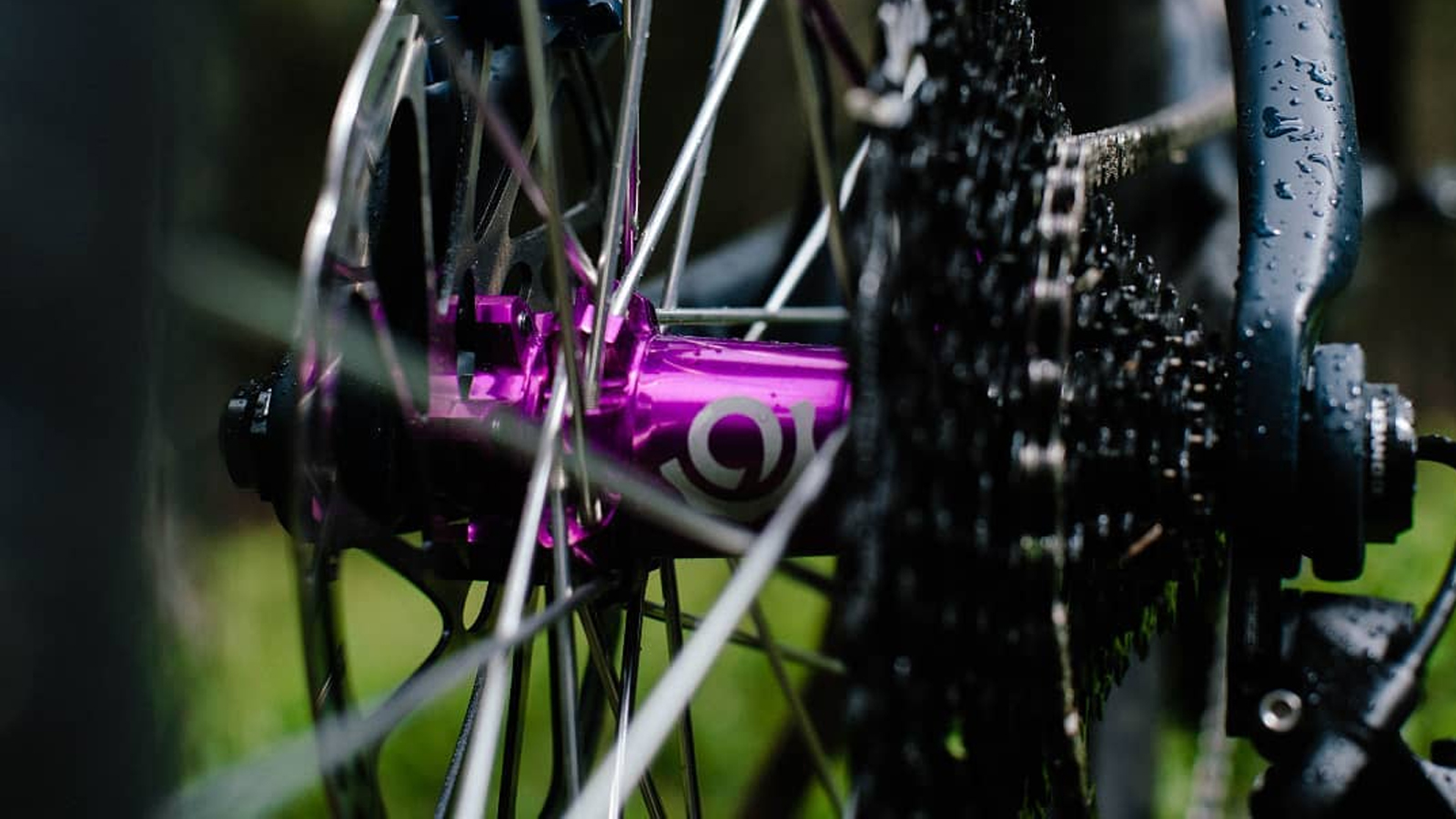
You'll surely have heard about Boost spacing for all the major bits of a bike – frame, forks and wheels – and may well have wondered what it was. In reality, it's just the width of the axles, which (like many things) has gone up.
Wider axles bring all kinds of benefits, but obviously you need wider fork legs and frames to accommodate them. That means everybody has to agree on what that new width is! Hence a new standard with the new name. For the record, Boost adds 10mm to the front and 6mm to the rear of some fairly long-running hub formats.
That might not sound like much, but in engineering terms it's plenty. With riders going faster and bigger than ever, there's a growing desire to make everything stiffer and stronger, and as best MTB drivetrains increase the size of rear cassette ever further, there's also the need to create room for more cogs.
As for the whys and hows of it all, read on!
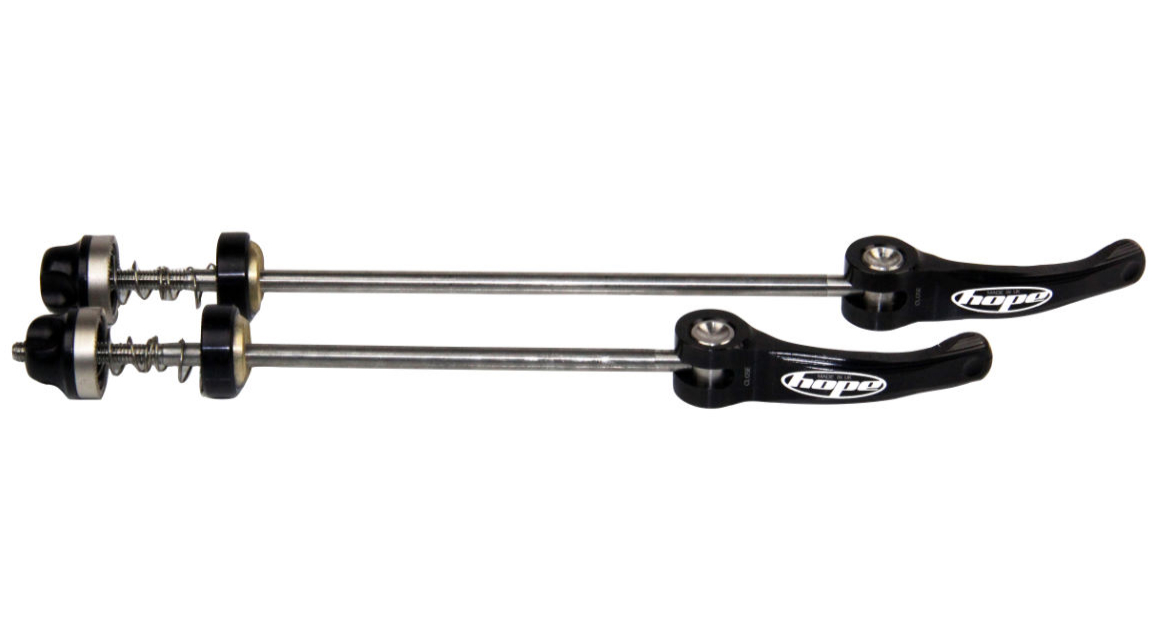
First there was the quick-release
When I first started riding mountain bikes in the 90s, quick-release axles were the norm. These used a hollow 10mm axle with an even skinnier 9mm skewer running through it, and a lever-operated cam to clamp it into the bike's open-ended dropouts.
It was a simple and light design that allows for quick wheel removal, and you can still find it used on plenty of bikes – usually cheaper ones, these days.
The downsides are that these thin rods are bad at bracing fork tips or frames against twisting forces, and if the clamp loosens the wheel is free to fall right out... hardly ideal on the trails!
At this point, most hub widths were 100mm at the front and 130/135mm at the back, measurements taken straight from road bikes.
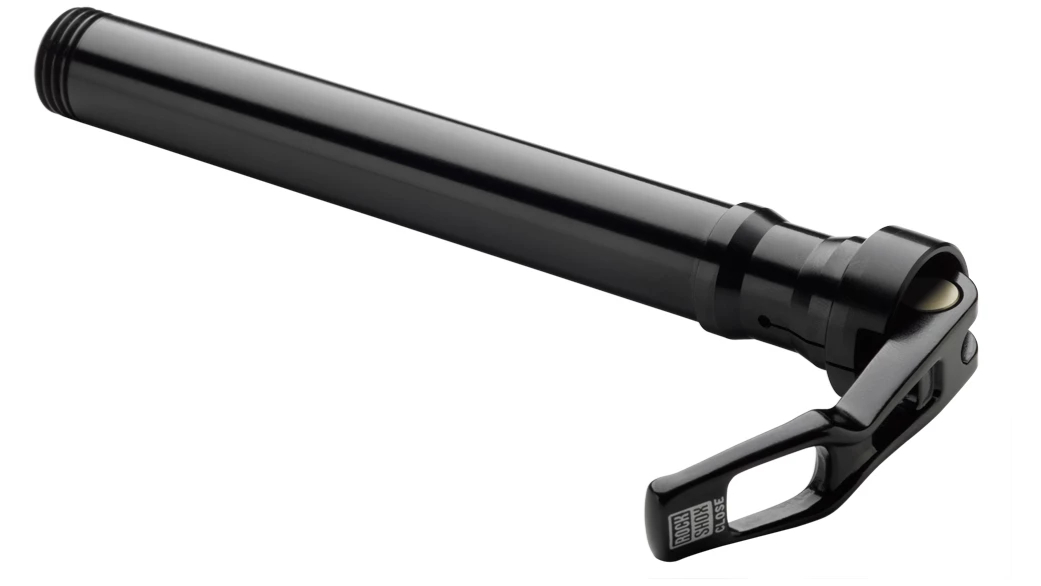
Then came through-axles
Through- (or thru-) axles were originally seen on downhill bikes during the 2000s, and were hollow 20mm tubes bolted down in circular clamps rather than open-ended slots. It's a strong and simple design they still use.
For trail bikes, the innovation was to make the big 20mm axle screw into one side and secure with a quick-release lever, QR skewer-style, instead of via pinch bolts on the fork legs. It didn't take long for the axles themselves to slim down to 15mm (20mm was seen as 'heavy'), but in both instances the width remained 100mm.
Rear through-axles took longer to catch on as while fork manufacturers can design and manufacture axle systems to match their best mountain bike forks, frame builders had to either come up with their own rear hub standards or use pre-existing ones from elsewhere. However, the best mountain bike rear hubs soon grew to 142mm wide to accommodate 10-speed cassettes and that became the norm. An axle diameter of 12mm was and still is pretty much ubiquitous as, unlike at the front, some pretty small cogs have to wrap around them.
Boost spacing arrives
As cassettes get wider they take more and more space away from the hub flanges, which in turn allows less triangulation between hub, spokes and rim. That only makes it harder to keep wheels stiff and strong against sideways loads.
It didn't help that bigger wheels (first 29in, then 650b) took over from the long-standard 26in hoops at around the same time, giving them – shod in bigger, stickier tyres than ever – even more leverage for inducing flex.
At almost the same time the triple chainset began to disappear with first 2x and then 1x systems replacing it, and that in turn drove a desire for evermore rear ratios.
As everything at the rear is competing for the same space, something had to give, and finally it was the 142mm standard. Trek introduced Boost in 2015 and with it took rear hub spacing to 148mm and front hubs to 110mm.
Boost brought greater strength and rigidity to wheels, the same to forks and frames, and a few more vital millimetres for drivetrains.
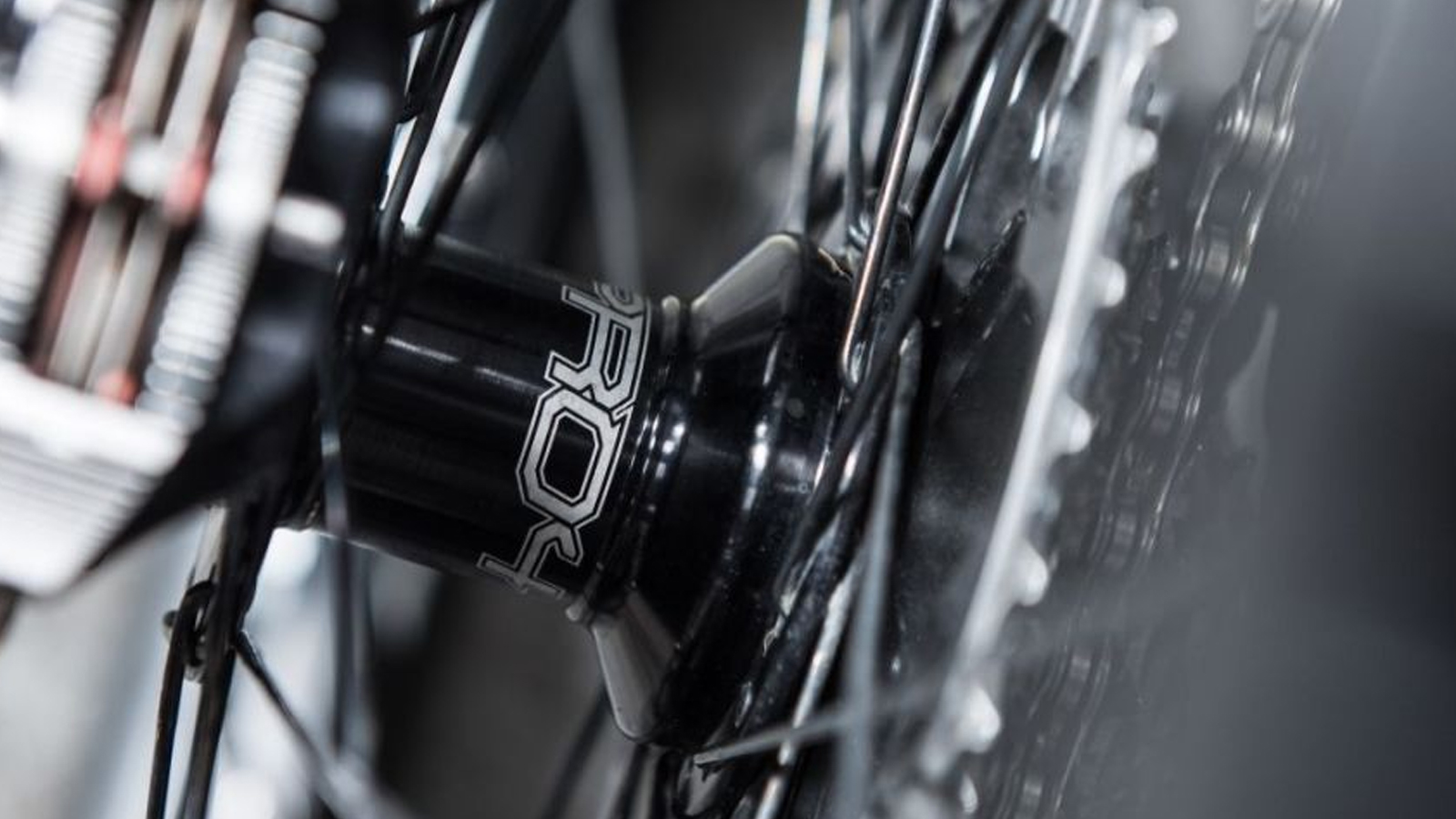
So what does Boost do?
To recap, a wider axle puts the hub flanges – where the spokes attach – further apart. Doing that alters the angle of the spokes, and gives the triangle between them and the rim a wider base. This improves the whole wheel's stiffness and creates greater lateral strength – which is a good thing!
In addition, increasing the gap between the chainstays means manufacturers can shorten them without sacrificing tire clearance, and also lets bigger rims and tires fit without having to increase the frame's rear center length.
So although rear hub Boost 148 is just a few millimeters wider on each side than the previous 142mm standard, it changes more than just your axles. Because the greater flange offset affects the position of the brakes and cassette in relation to the rest of the bike, you need specific cranks (or a specially altered crank spider/chainring with increased offset) – and while you could run a non-Boost fork and front wheel, you might struggle to buy wheelsets for it.
All this means you won't be able to carry over much of your trusty old (now outdated) steed to a new, Boost-spaced bike.
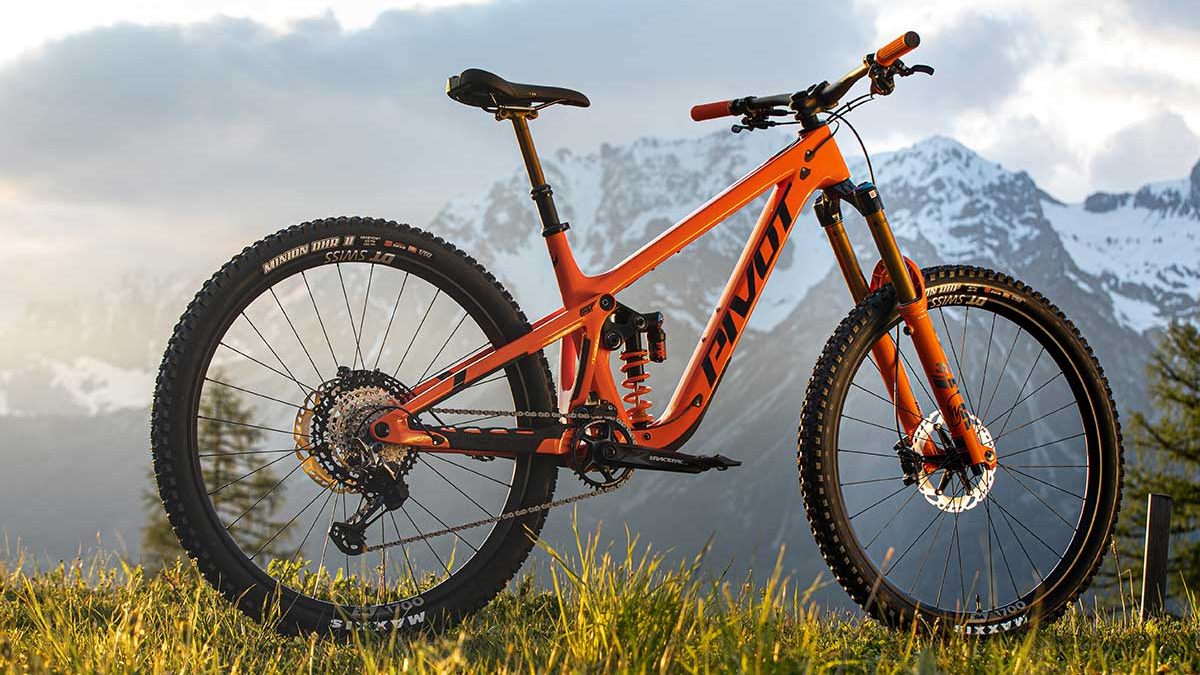
What are the alternatives?
Super Boost
This takes the rear hub even wider to 157mm – again to allow the spokes to sit at better angles for greater lateral stiffness – but is only available on a handful of trail bikes from smaller manufacturers at the moment. However, with big fish such as Trek using 157mm on downhill bikes like the Session, it's probably only a matter of time before it breaks through.
Note, the hub geometry is different between the downhill 157mm width and Super Boost – just to really complicate matters.
Ai
Cannondale has its own take on the problem of asymmetrical spoke angles being inherently less stiff... build the wheel more symmetrical, and make the frame asymmetrical instead! Its proprietary design called Ai (Asymmetric Integration) involves sticking one chainstay out further than the other, which in turn allows an inherently stronger wheel to fit.
The downside is, of course, the lack of choice in suitable wheels should you want to replace or upgrade them.
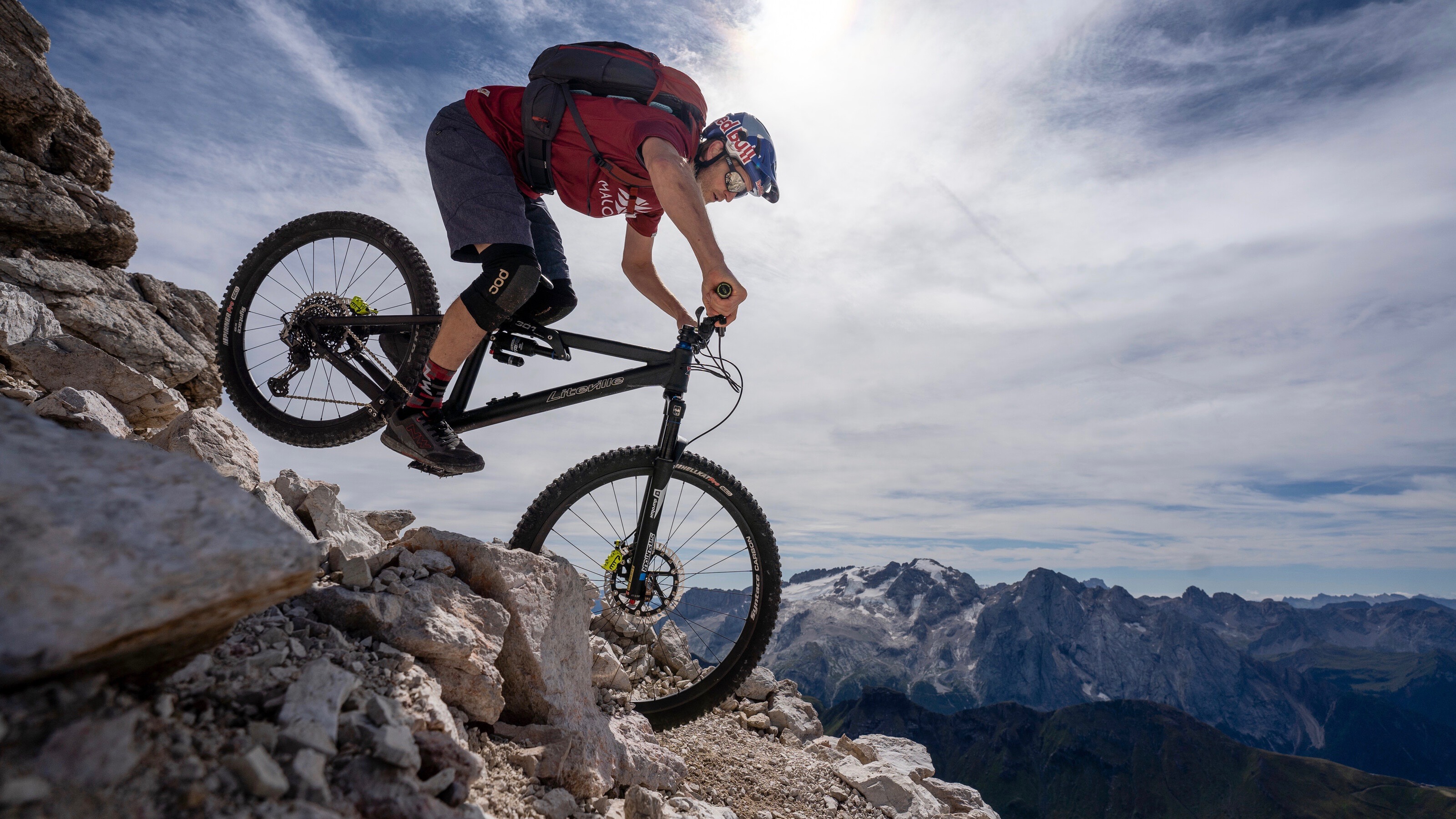
Is it worth investing in a Boost-equipped bike?
The short answer is yes. Boost width hubs help make wheels, forks and frames stiffer and stronger, and that translates into a much more predictable bike. Ride two very similarly equipped bikes, one with Boost and one without, and you'll immediately notice the difference – particularly at the front end.
While QR wheels are thankfully getting rarer, plenty of cheaper bikes with bolt-through axles still have standard width hubs. We were all happily riding these in the days before Boost though, so there's nothing inherently wrong with them. That said, if your budget allows it, we would recommend going for a Boost-equipped bike.

Dean is a freelance cycling journalist and a self-confessed pedal addict based in Dorset, who's fortunate to have the New Forest National Park and the Isle of Purbeck on his doorstep. Not confined to his local spots, riding bikes has meant Dean has been fortunate to travel the world in search of the best trails. From summers spent in the Alps to exploring iconic locations such as Scotland, Aosta Valley, the Pyrenees, Finale Ligure, New Zealand and Whistler to name a few. Over the years he has dabbled in racing DH and enduro to XC. More recently Dean has been exploring the UK with his gravel bike and loves a bikepacking trip. As passionate about writing as much as his riding, by recapturing his adventures through his stories and sharing his own experiences of products by writing technical reviews, he's also a regular contributor for Singletrack and Grit CX.
Rides: Open U.P
Height: 180cm
Weight: 65kg
- Steve WilliamsFreelance writer
